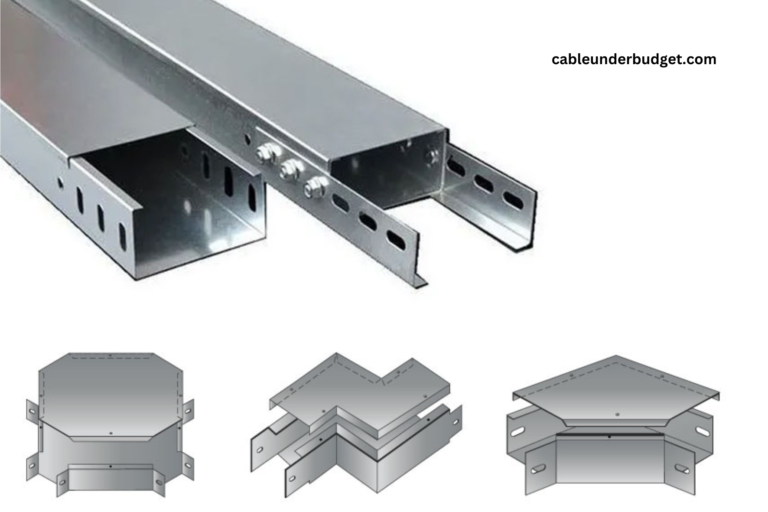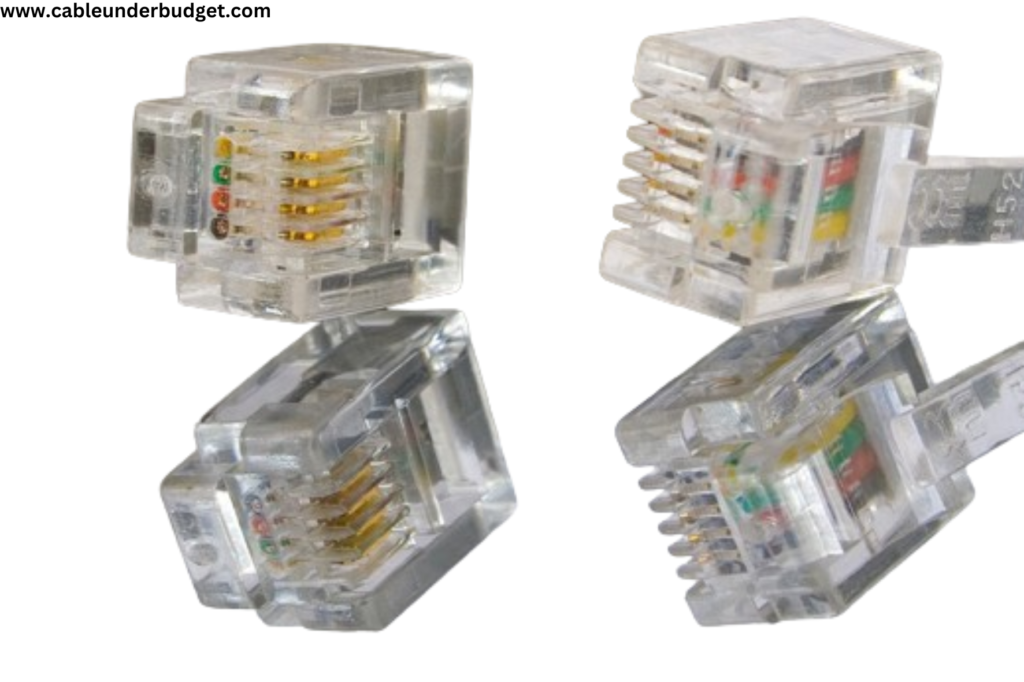Cable Trunks are essential components in the infrastructure of electrical and telecommunications systems. They serve as protective pathways for cables, ensuring both safety and organization. Here’s a comprehensive guide to understanding cable trunks:

1. Definition and Purpose
A cable trunk is a type of enclosure designed to house electrical cables, communication wires, and other types of cabling. The main purposes of cable trunks are to:
-
- Protect cables from physical damage.
- Organize cables for easy identification and maintenance.
- Improve safety by reducing the risk of electrical hazards.
Materials
Cable trunks are made from various materials depending on their application and environment:
-
- Plastic (PVC): Commonly used for indoor installations. It’s lightweight, easy to install, and cost-effective
- Metal (Steel, Aluminum): Preferred for outdoor or industrial applications due to their durability and resistance to environmental factors.
2. Types of Cable Trunks
-
- Surface-Mounted Trunks: Attached to the surface of walls or ceilings. They are visible and easily accessible for maintenance.
- Flush-Mounted Trunks: Embedded within walls or ceilings, providing a cleaner look. They are less accessible for repairs and upgrades.
3. Components
Cable trunks come with various components to facilitate different installation needs:
-
- Base and Cover: The base is mounted on the surface or embedded, and the cover protects the cables.
- Fittings: Include bends, elbows, tees, and crosses that allow the trunking to change direction or branch out.
- End Caps: Seal the ends of the trunking to protect the cables and prevent dust ingress.
4. Installation Considerations
When installing cable trunks, several factors need to be considered:
-
- Load Capacity: Ensure the trunk can support the weight and volume of the cables.
- Environment: Choose materials and installation methods that suit the environment (e.g., waterproof for outdoor use).
- Accessibility: Plan for future maintenance and upgrades, ensuring that cables can be easily accessed or replaced.
5. Advantages of Using Cable Trunks
- Safety: Reduces the risk of electrical shocks and fire hazards by protecting cables from physical damage.
- Organization: Keeps cables neatly organized, making it easier to manage and troubleshoot.
- Aesthetics: Improves the overall appearance of a space by concealing messy cables.
- Compliance: Meets regulatory standards for cable management, which is crucial in commercial and industrial installations.
6. Applications
Cable trunks are used in various settings, including:
- Residential: Managing electrical and network cables in homes.
- Commercial: Organizing cables in offices, retail stores, and other commercial buildings.
- Industrial: Protecting heavy-duty cables in factories and warehouses.
- Public Infrastructure: Used in hospitals, schools, and other public buildings to ensure safety and organization.
7. Maintenance
Proper maintenance of cable trunks includes:
- Regular Inspections: Checking for signs of damage, wear, or overloading.
- Cleaning: Keeping the trunking free from dust and debris.
- Upgrades: Replacing outdated or damaged sections to ensure continued protection and efficiency
8. Conclusion
Cable trunks are a fundamental aspect of modern electrical and communication systems. They provide essential protection and organization for cables, enhancing safety, functionality, and aesthetics in various environments. Understanding their types, materials, installation practices, and maintenance is crucial for anyone involved in the design and management of electrical and telecommunications infrastructure.

